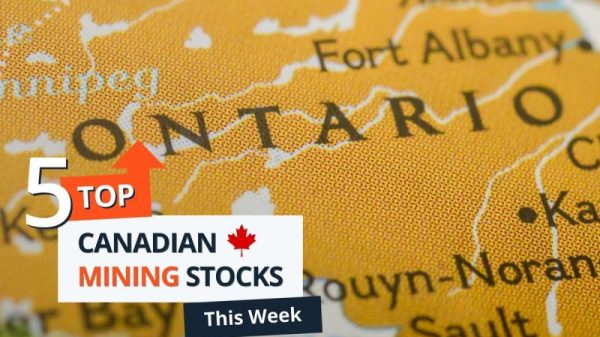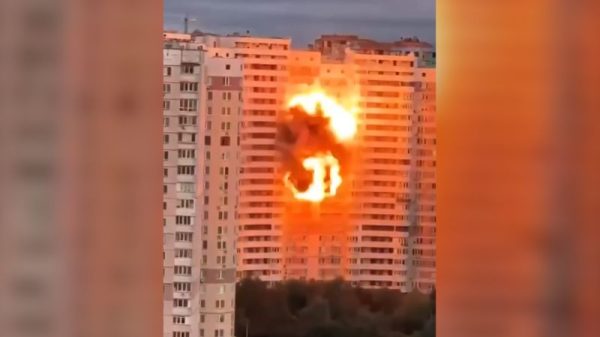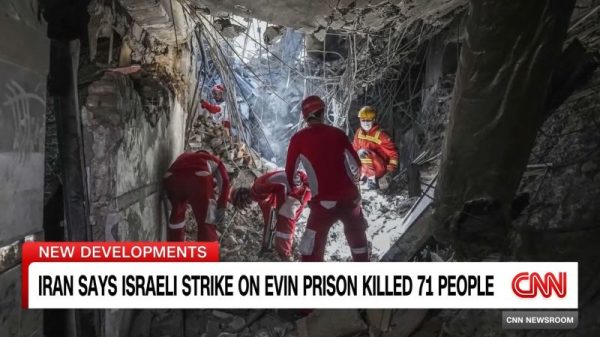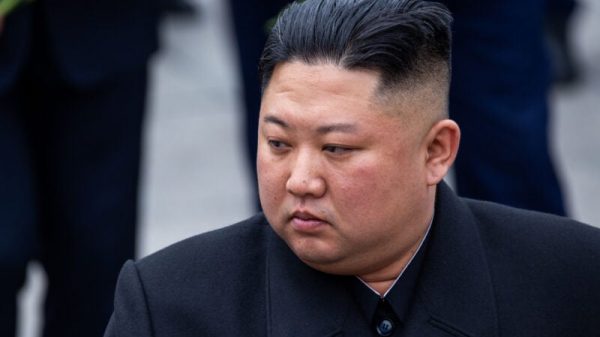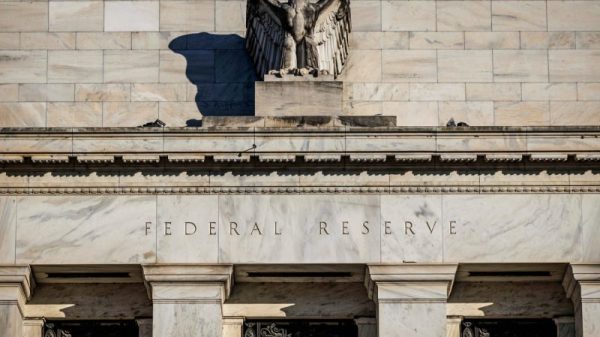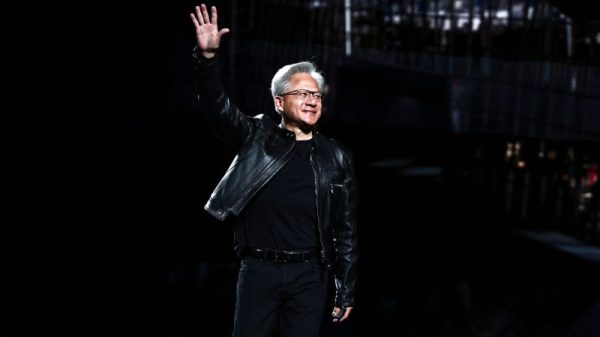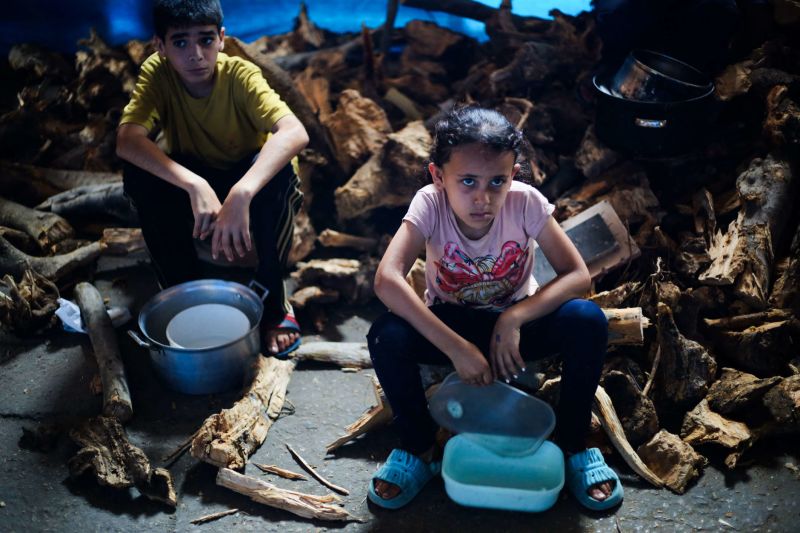A new program for getting desperately needed food into the hands of starving Palestinians in Gaza is only days old, but it’s already mired in chaos and tragedy.
Dozens of Palestinians have been killed over the past few days while on their way to trying to obtain aid from the Gaza Humanitarian Foundation (GHF). This group, backed by Israel and the US, is intended to replace the UN-led system of distributing aid in Gaza, to address a hunger crisis sparked by a monthslong Israeli blockade.
Over the past week, tens of thousands of Palestinians have converged on distribution points run by GHF, hoping to grab one of the limited number of packages before they run out.
For the past three days, Palestinian authorities and witnesses have accused Israeli forces of shooting dozens of civilians dead near one of the aid sites in Rafah.
On Monday and Tuesday, Israel’s military said it fired “warning shots” toward what were described as “suspects” approaching a military position, and the military was looking into reports of casualties. On Sunday, during the first deadly shooting, the military said it did not fire at civilians “near or within” the distribution site, even as a military source admitted Israeli forces fired towards individuals about a kilometer away from the site.
As international condemnation grows, here’s what to know about aid and the humanitarian crisis in Gaza.
What is the situation with food in Gaza?
Israel halted all humanitarian aid into Gaza in early March, with government officials saying their goal was to force Hamas to accept new ceasefire terms and release hostages taken during the militant group’s terror attack on Israel on October 7, 2023.
The ban meant no supplies entered the territory for 11 weeks, pushing Gaza’s 2.1 million people deeper into a hunger crisis. A UN-backed report warned in late April that one in five people were facing starvation and that the entire Gaza Strip was edging closer to famine.
Faced with growing international pressure, Israel eased its blockade two weeks ago, allowing a small amount of aid to enter Gaza, to be distributed through UN channels as well as through GHF. But the amount of aid trickling in is nowhere near enough to meet the needs of the population, according to Palestinian officials and international aid groups.
On the first day of GHF’s delivery in southern Gaza last Tuesday, chaos broke out, as thousands of Palestinians rushed to receive food supplies, with Israeli troops firing warning shots into the air and the US contractors overseeing the site briefly withdrawing.
Gaza’s hunger crisis long predates Israel’s total blockade, however. Since Hamas’ attack, Israel has severely restricted the amount of aid that can enter the strip. And even before October 2023, Israel and Egypt had imposed a partial blockade on Gaza, meaning that 63% of the population was food insecure, according to the UN.
What is GHF?
GHF is a private, non-profit organization created with the backing of Israel and the US to take over aid delivery in Gaza, following Israeli accusations that Hamas was stealing some of the humanitarian aid that was destined for civilians. GHF relies on private military contractors for security and aims to replace traditional methods of aid delivery in Gaza employed by humanitarian organizations.
On Tuesday, the organization doubled down on its mechanism, saying its work continues “full-steam ahead” as it asserts it has delivered millions of meals in pre-packaged boxes to Palestinians. “In an operating environment as complex and volatile as Gaza, that kind of safe, direct, and large-scale aid delivery is unprecedented,” GHF said in a statement.
The group has faced internal turmoil – its executive director, Jake Wood, quit the day before GHF began operations in Gaza, and in a further blow, the Boston Consulting Group confirmed on Tuesday that it had canceled its contract with GHF.
The foundation set up four “Secure Distribution Sites” in southern and central Gaza aiming to feed around 1.2 million of Gaza’s estimated 2.1 million population. That pales in comparison to the United Nations system, which relies on some 400 aid distribution points dotted up and down Gaza.
The foundation coordinates with the Israeli military to designate specific routes for traveling Palestinians – many of whom must walk a long way through the devastated strip to get food – and issues warnings on Facebook against diverging from the designated roads.
But it’s unclear how many of those people are aware of these detailed instructions, nor how access to one of the hubs, designated SDS-01, takes them close to positions of the Israel Defense Forces (IDF).
Over the past three nights, Palestinians appear to have come too near to these positions, and the IDF said Tuesday it had opened fire towards people who had left the designated route.
The United Nations had warned that the Israeli military’s involvement in securing the areas around the sites could discourage participation or lead to recipients facing reprisals.
How has aid distribution changed and why?
Before GHF arrived in Gaza, the United Nations Relief and Works Agency for Palestine Refugees (UNRWA) and the UN’s World Food Programme (WFP) were the main distributors of aid in the enclave. Additionally, UNWRA took a leading role in providing education and healthcare services.
But Israel has long had a contentious relationship with UNRWA and the UN at large. This relationship ruptured completely in the aftermath of the October 7 attack.
Israel’s parliament subsequently banned UNRWA from operating in the country, making any UN-led humanitarian efforts extremely difficult.
Both Israel and the US had also accused Hamas of stealing aid distributed by the UN. Hamas has rejected those claims, and humanitarian aid organizations say most of the food aid reaches civilians.
The UN has refused to participate in the new Gaza aid initiative, saying that GHF model violates some basic humanitarian principles. It warned that locating the initial distribution points only in southern and central Gaza could be perceived as encouraging Israel’s publicly stated goal of depopulating northern Gaza.
GHF has said it is working to open new sites, including in northern Gaza, but no such distribution points have yet opened.
What has been happening recently?
There is not enough food for everyone who needs it. Tens of thousands of Palestinians have been forced to seek aid from a tiny number of sites – and while a lucky few have been able to secure some relief, for most, the results have been disastrous.
Palestinian authorities have said more than 60 people have been killed by Israeli forces in the past three days near a GHF aid site near the southern city of Rafah.
Establishing exactly what happened at all these incidents is difficult, as Israel prevents international media from entering Gaza.
On Tuesday, nearly 30 people were killed, and dozens wounded, according to the Palestinian Ministry of Health and Nasser hospital. The Israeli military said its forces opened fire multiple times after identifying “several suspects moving toward them, deviating from the designated access routes.”
On Monday, three Palestinians were shot dead and dozens wounded as they were on their way to access aid, Palestinian and hospital authorities said. The IDF said that Israeli forces fired warning shots approximately a kilometer (about 1,100 yards) from the aid distribution site.
On Sunday, the Palestinian health ministry, hospital officials and a half-dozen eyewitnesses said the Israeli military was responsible for gunfire that Palestinian officials said killed 31 people.
At the time, the Israeli military said its forces “did not fire at civilians while they were near or within” the aid site, but an Israeli military source acknowledged that Israeli forces fired toward individuals about a kilometer away, before the aid site opened.
GHF said on Sunday that none of the gunfire was in the distribution center itself or the surrounding area. After Tuesday’s shooting, the organization directed questions about shootings near the aid site to the IDF.
“This was an area well beyond our secure distribution site. We recognize the tragic nature of the situation and remain committed to ensuring the safety of all civilians during humanitarian operations at all of our sites,” GHF said in a statement.
What has the reaction been?
There has been widespread international condemnation, particularly from the UN.
UN Secretary-General Antonio Guterres said Monday he was “appalled” by the reports of deaths and injuries on Sunday.
“It is unacceptable that Palestinians are risking their lives for food,” Guterres said in a statement, calling for “an immediate and independent investigation” into the events and “for perpetrators to be held accountable.”
The UN human rights chief, Volker Turk, said on Tuesday that Palestinians have been given “the grimmest of choices: die from starvation or risk being killed while trying to access the meagre food that is being made available through Israel’s militarized humanitarian assistance mechanism.”
In a post on X, Philippe Lazzarini, executive director of UNRWA, also slammed the new mechanism, saying: “aid distribution has become a death trap. Mass casualties including scores of injured & killed among starving civilians due to gunshots this morning. This is according to reports from international medics on ground.”
The European Union’s foreign policy chief, Kaja Kallas, last week criticized the new aid mechanism run by GHF, saying the EU does not support “any kind of privatization of the distribution of humanitarian aid.”
The leaders of the United Kingdom, France, and Canada have also threatened to take “concrete action,” including targeted sanctions, if Israel does not stop its renewed military offensive and continues to block aid from entering Gaza.



